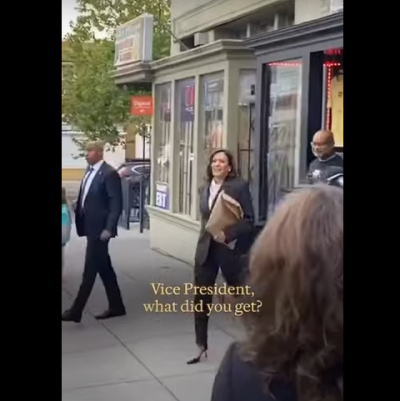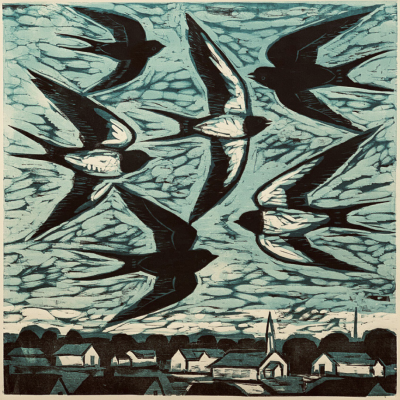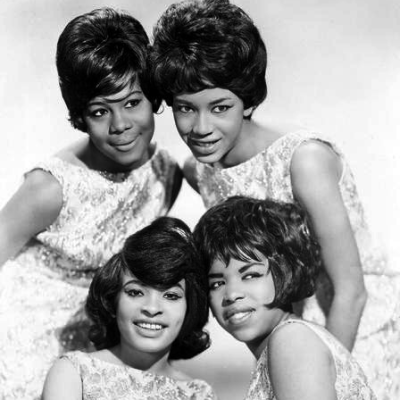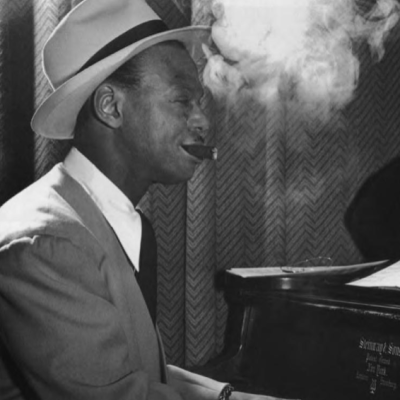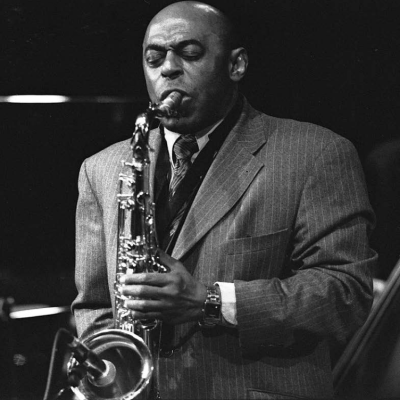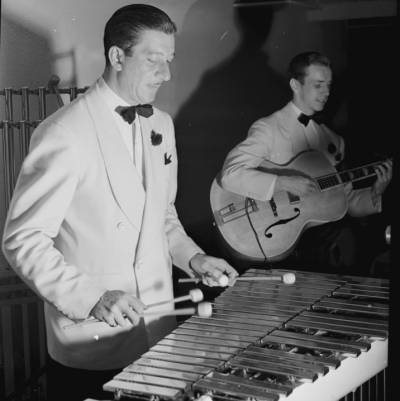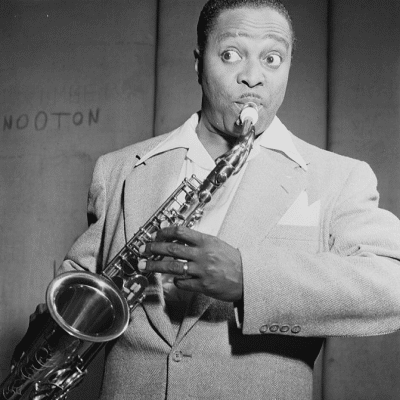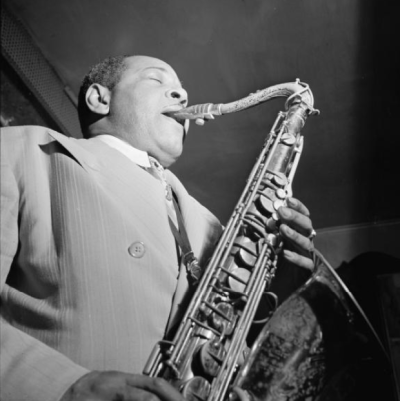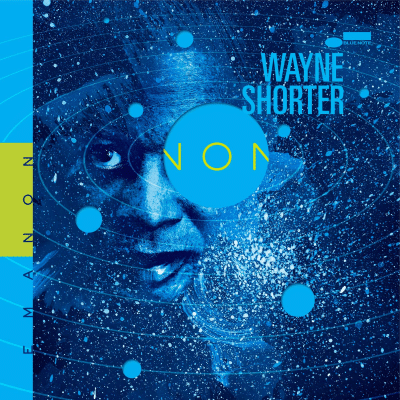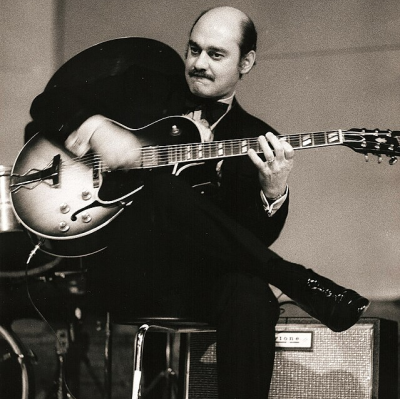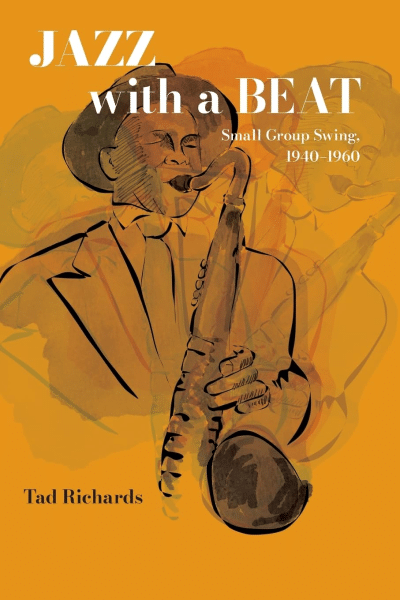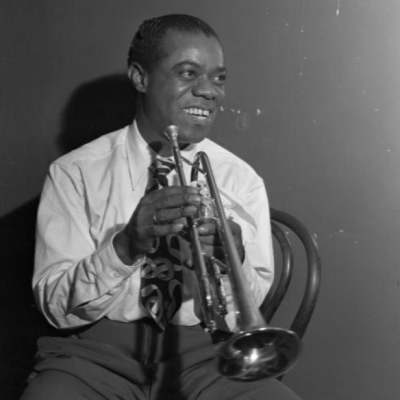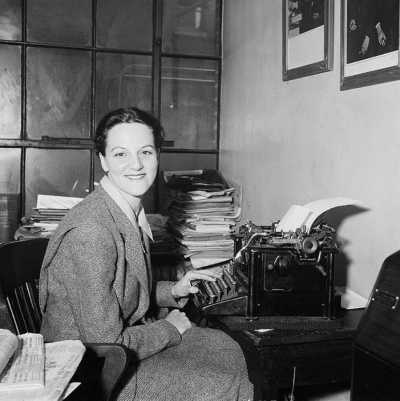Reminiscing in Tempo
*
Memories and Opinion
_____
“Reminiscing in Tempo” is part of a continuing effort to provide Jerry Jazz Musician readers with unique forms of “edu-tainment.” Every month (or as often as possible), Jerry Jazz Musician poses one question via e mail to a small number of prominent and diverse people. The question is designed to provoke a lively response that will potentially include the memories and/or opinion of those solicited.
Since it is not possible to know who will answer the question, the diversity of the participants will often depend on factors beyond the control of the publisher. The responses from the people who chose to participate in this edition are published below with only minor stylistic editing. No follow-up questions take place.
_____
What musical recording(s) changed your life?
Originally published December, 2005
I have chosen five recordings that had a major impact on me in different ways (in chronological order):
— Bach: Inventions/Sinfonias/Partitas (Glenn Gould, piano). I received this as a small child and was fascinated by the counterpoint, the clarity of his playing and the vibrant rhythm of the music.
— Horowitz: Return to Carnegie Hall. I got this on my tenth birthday, and the playing was so awesome I decided then and there that there was no point in being a concert pianist.
— Joni Mitchell: Blue. This was my first exposure to advanced non-classical harmonies, long before I heard jazz. I spent hours trying to figure out the chords she used.
— Miles Davis: Friday and Saturday Night at the Blackhawk. Live (with Wynton Kelly, Hank Mobley, Jimmy Cobb and Paul Chambers). I loved the way Wynton and Miles interacted, the energy of the time/rhythm and the felling that “you are there” hearing it all go down. So swinging!
— Charles Mingus: Mingus, Mingus, Mingus. When I first decided to be a jazz musician (at age eighteen, I heard this and the Miles Davis album above) and simply wanted to swing and comp like Wynton and compose like Mingus. He gets so much emotion and color out of a smallish ensemble on this one — it’s like “Ellington on acid.”
_____
I. Sinfonia from Partita No. 2 in C minor, BWV 826 , by Glenn Gould
Marvin Gaye’s What’s Going On. This was the first time that I found the life I was living depicted in contemporary music. I so profoundly felt the despair, the needs, the hope, the community and the Faith in God in this remarkable recording. Marvin Gaye wondrously packaged the sentiments that everyone was sharing in our streets, churches and homes. The lyrics made you think….and then think some more as everyone was playing this record. It was the soundtrack of our lives….and it changed mine.
_____
What’s Going On and God Is Love, by Marvin Gaye
I know, or at least think, the side of Miles’s Columbia LP Jazz Track, with “On Green Dolphin Street,” “Fran Dance,” and “Stella by Starlight” was the first jazz on record to make a vivid impression on me. Soon after hearing it, I even wrote a freshman English paper comparing Miles and Hemingway (fortunately lost to posterity). But I’m sure a particular pop record got to me in a similar way long before that. It’s difficult for me to say what it was, because pop was something that was just there for as long as I remember, in part thanks to my Aunt Pat, who lived with us and was eleven years older than me — a record-buying teenager when I was a very young child. I do recall being fascinated with her Hank Williams 45s, in particular “Jambalaya” and “Your Cold, Cold Heart,” and trying to mimic his singing.
Now, if we were talking movies, it would be “The Night of the Hunter” and Kubrick’s “The Killing.”
_____
On Green Dolphin Street and Fran-Dance, by Miles Davis
I’m not sure whether any recording “changed my life.” But music has been a constant source of pleasure as long as I can recall.
Two recordings immediately come to mind:
The first is Stevie Wonder’s Songs in the Key of Life. I probably learned more about harmony, blues, groove, general song construction and producing from that album than any other actual “jazz” album. It was also inspiring just hearing the sheer breadth and scope of his output; there was a sense that the music just poured from him, so much so that I remember the original LP version I had actually contained extra single “bonus tracks” because his musical statement couldn’t be contained on “merely” two full LP’s (!)
The second is Horowitz: The Historic Return Carnegie Hall 1965; The 1966 Concerts. Growing up and studying classical piano, Horowitz was really the bridge, for me, between the worlds of my more structured classical studies and the world of improvisation — Horowitz truly never played the same piece the same way twice, and his playing always possessed an astonishingly fresh and improvisational air, in particularly full force on this disc. I also always admired his incredible touch and sense of range; his control over inner voicings; his precise rhythm, all elements of which I tried (desperately!) to emulate and bring to my own playing, both classical and jazz (in fact, I eventually learned many of the pieces he chose to play during this Carnegie Hall concert in my later classical studies). Overall, I would say Horowitz definitely informed my own technical goals and approach to the instrument as much as any jazz pianist, and this LP during my formative years really set me on the right path…
_____
Sir Duke, by Stevie Wonder
Fantasie in C Major, Op. 17/III “>Fantasie in C Major, Op. 17/III, by Vladimir Horowitz







